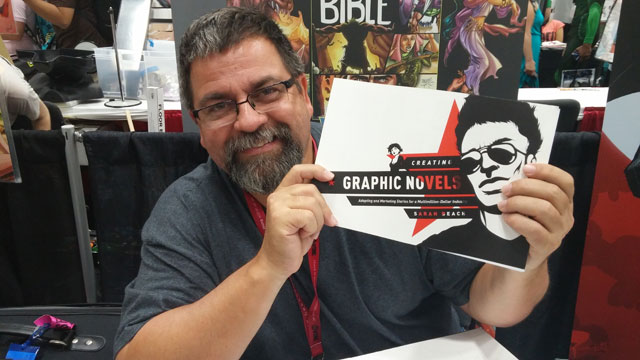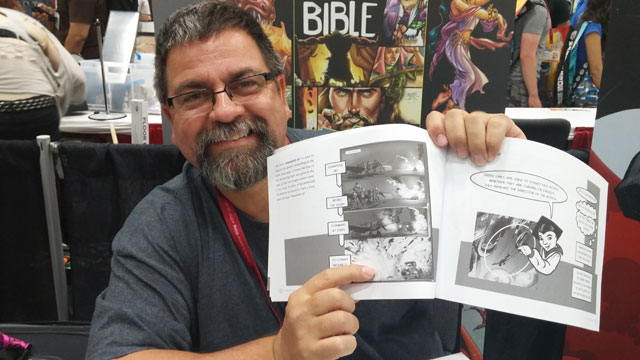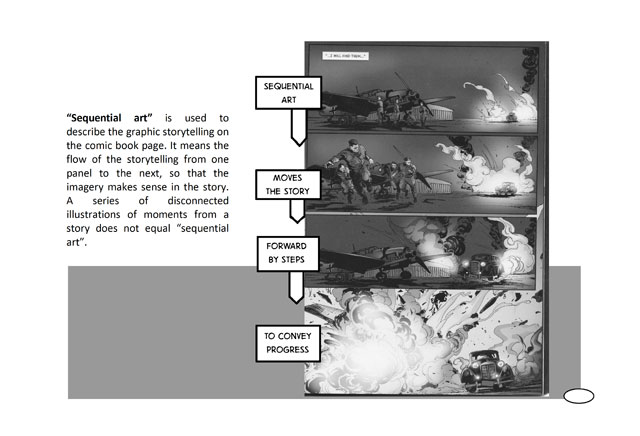Have you ever wondered how to go about getting a story you’ve already created into graphic novel form? Creating Graphic Novels will help you through the steps toward that desired end.
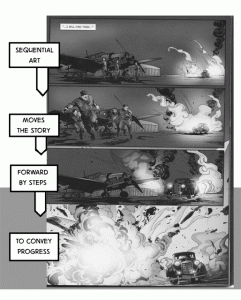 Adapting a screenplay to the graphic novel form requires learning the mechanics of the graphic novel / comic book form. Even if you have read comics and graphic novels for years, sitting down to write a script that the artist can work from doesn’t come automatically. A graphic novel script has to do some things that are very different from what a screenplay does.
Adapting a screenplay to the graphic novel form requires learning the mechanics of the graphic novel / comic book form. Even if you have read comics and graphic novels for years, sitting down to write a script that the artist can work from doesn’t come automatically. A graphic novel script has to do some things that are very different from what a screenplay does.
Learning these details are not hard, once you adjust to the different purposes. But it really is not the same thing as a screenplay.
“Creating Graphic Novels is the book I’ve been waiting for! It’s actually written with screenwriters in mind, knowing that eventually we’ll be asked the dreaded question by a producer, ‘Is there a book I can see?’ From terminology and creation, to networking and marketing, this book has it all. I can’t recommend it highly enough for screenwriters looking to turn their story into a graphic novel as an aid to getting a movie made, or as a rewarding, tangible creative endeavor in its own right.”
— Trevor Mayes, writer/director of My Demon Girlfriend
This volume, Creating Graphic Novels, will help you go from graphic novel reader to the creator of one. If you know how to tell a story, you will be able to follow how to fit your story into the graphic novel format. For writers who are not artists, who wonder how they can find an artist to help visualize the story, the book also provides information on where to find the artists and how to create a working team with them.

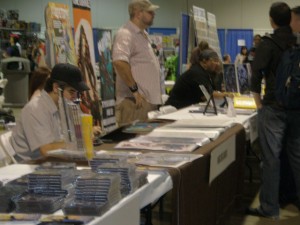
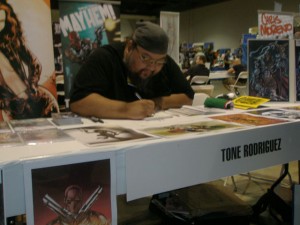
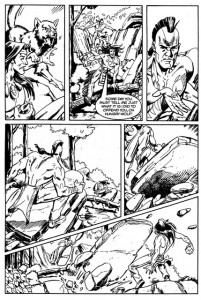 Thinking Visually
Thinking Visually